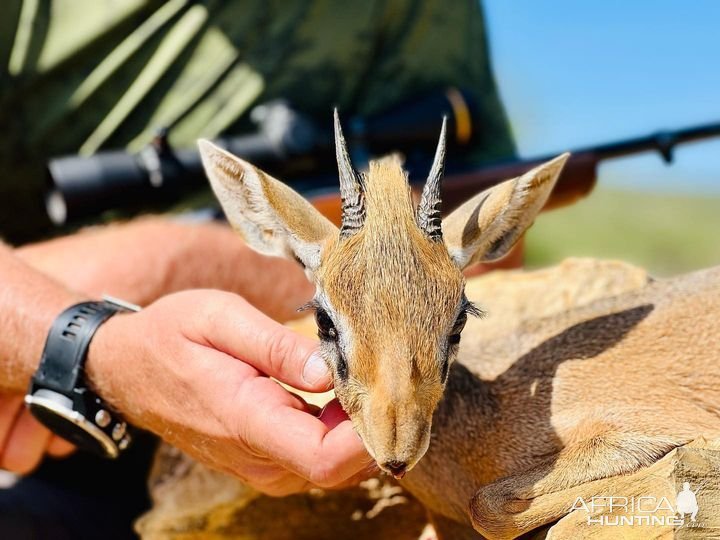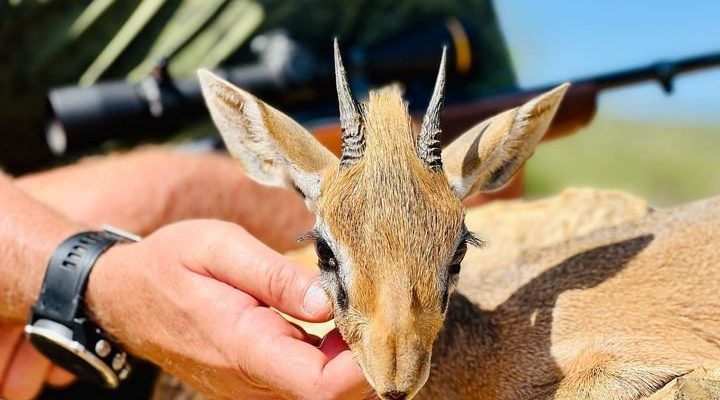
Dik-diks are not conventional browsers or grazers; they have a diet that’s a bit more selective. Their feeding habits reflect their adaptability to their environment, and their hunting strategies are equally remarkable. So, let’s dive into the world of dik-diks and explore what makes their lives so interesting.
What Do Dik-Diks Eat?
Dik-diks are browsers, which means their diet mainly consists of leaves, fruits, and flowers. However, they have preferences that guide their food choices. Typically, they munch on tender shoots and soft leaves that are low to the ground. Think of them as picky eaters, favoring the best bits from plants that are within their reach.
They primarily feast on a variety of plants, including:
- Acacia leaves
- Grass shoots
- Fruits from shrubs
- Flowers and buds
This selective eating helps them get the nutrients they need while avoiding tougher, less nutritious options. During dry seasons, when food is scarce, dik-diks may rely more on fruits and seeds. Honestly, their ability to adapt their diet based on availability shows just how resilient these little antelopes are.
Daily Feeding Habits
You might be wondering, “When do dik-diks eat?” Well, they are most active during dawn and dusk, which is known as their crepuscular feeding pattern. This means they’re early risers and late-night snackers, just like some of us! Their natural instinct is to avoid the heat of the day, making those cooler hours the perfect time to forage.
Dik-diks often feed in pairs or small family groups. This is a smart strategy because it allows them to keep an eye out for predators while they munch on their meals. Picture it like a little dinner party where everyone is chatting, but there’s always someone looking out for uninvited guests. However, when it comes to safety, they also practice a behavior called “antipredator vigilance.” While one dik-dik eats, the others keep watch, ensuring a safer dining experience.
Water Consumption and Adaptation
Interestingly, dik-diks can survive without drinking water for extended periods, thanks to their diet. Most of their hydration comes from the succulent plants they eat. This adaptation is crucial in their arid habitats, where water sources may be scarce. Just think about it: while other animals are scrambling for waterholes, dik-diks can thrive simply by nibbling on lush vegetation.
When it does rain, however, they will take the opportunity to drink from puddles or streams. But their ability to conserve water is a significant survival strategy in the harsh African savanna. It allows them to maintain their energy levels and stay nimble on their feet, ready to escape any threat.
Predators of the Dik-Dik
Now, let’s chat about the threats these little antelopes face. Despite their size, dik-diks are prey for various predators, including:
- Cheetahs
- Leopards
- Hyenas
- Birds of prey
This can sound a bit scary, right? But dik-diks have developed clever strategies to avoid becoming dinner. Their small size allows them to hide easily in dense bushes and shrubs. They rely on their excellent sense of smell and hearing to detect danger early on.
When a predator is near, a dik-dik might freeze in place, hoping their natural camouflage will keep them safe. If they are spotted, they can sprint away with impressive speed for their size. Their quick bursts of movement allow them to escape—like a tiny deer darting through an obstacle course.
Social Structure and Behavior
While dik-diks are often seen alone or in pairs, they are quite social animals. They live in small territories that they establish with their mates. Typically, these territories are marked by scents and urine, which helps communicate to other dik-diks that the area is occupied.
What’s fascinating is that dik-diks often form strong bonds with their partners. They may engage in behaviors like grooming and even vocalizations, which strengthen their relationship. This social aspect is vital for their survival, as having a partner means having an extra set of eyes—and legs—to help keep them safe from predators.
Additionally, dik-diks tend to be monogamous, meaning they usually stick with one mate for life. This commitment can help ensure that both partners work together to defend their territory and raise any young ones—making for a stable family unit.
Conservation Status and Threats
While dik-diks are widespread in their native habitats, they aren’t completely free from threats. Habitat loss due to farming, urbanization, and climate change can affect their populations. These changes can limit the availability of food and water sources, making survival a bit more challenging.
Conservation efforts focus on preserving their habitats and educating local communities about the importance of dik-diks in the ecosystem. By promoting sustainable land use and protecting natural areas, we can help ensure that these charming creatures continue to thrive.
As a part of the fragile web of life in the Savannah, every little effort counts toward protecting the dik-dik and its natural habitat.
The Unique Role of the Dik-Dik in the Ecosystem
Dik-diks may be small, but they play an important role in their ecosystem. Their feeding habits contribute to the health of the vegetation by promoting growth. By selectively grazing on certain plants, they help maintain a balanced ecosystem.
Moreover, the droppings of dik-diks provide nutrients to the soil and offer food for insects and other small animals. This cycle of life shows how interconnected all species are, no matter their size. It’s a beautiful reminder of the complexity of nature and the vital part that each creature plays.
In conclusion, the diet and hunting strategies of the dik-dik are just one part of what makes this little antelope so captivating. From their selective feeding habits to their social structures, these animals exemplify resilience and adaptability in the wild. By learning about and appreciating creatures like the dik-dik, we can better understand the delicate balances of ecosystems and the importance of conservation. Let’s continue to admire these extraordinary animals and support efforts to safeguard their future.

